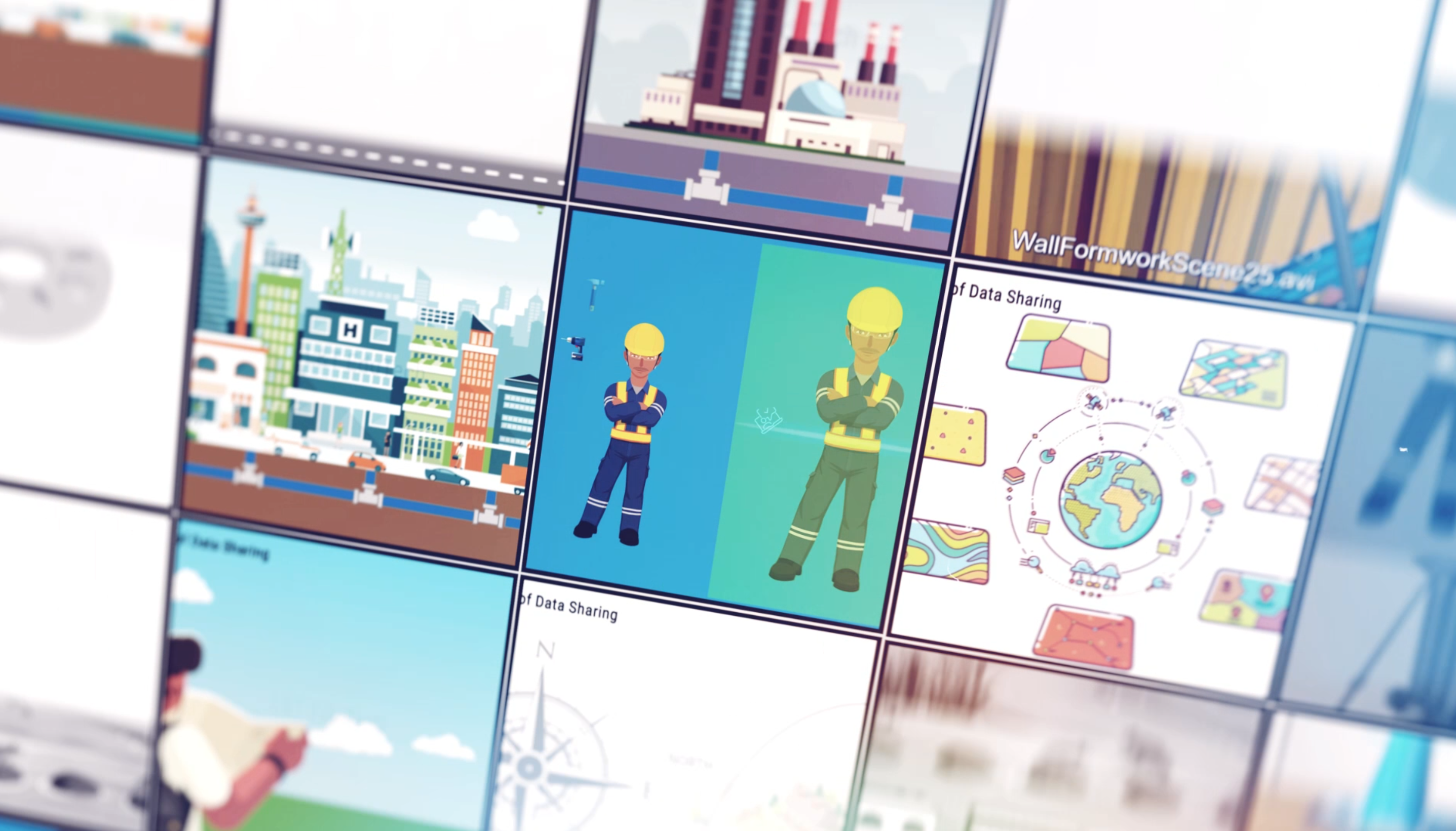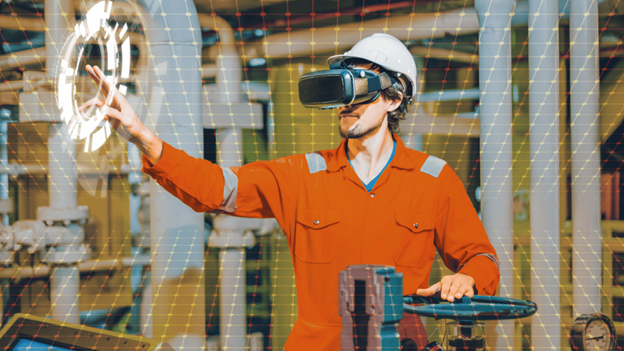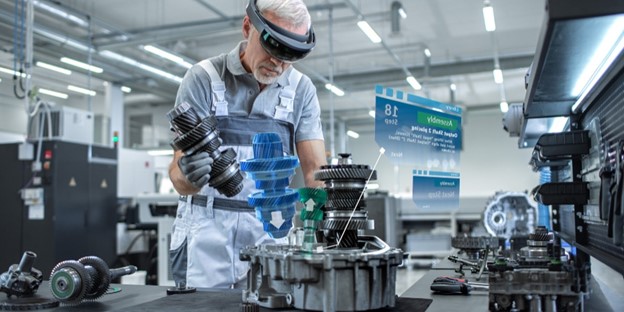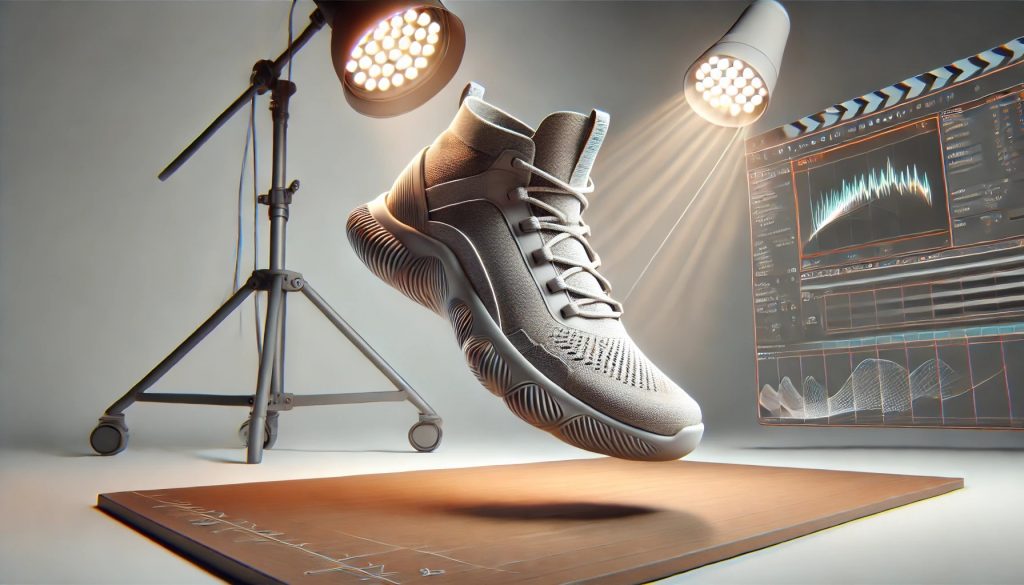Virtual Reality (VR) in Smart Cities
we leverage Virtual Reality (VR) technology to revolutionize the planning, development, and management of Smart Cities. VR enables city planners, architects, and policymakers to visualize urban designs, test infrastructure solutions, and improve citizen engagement before real-world implementation.
Applications of VR in Smart Cities
1. Urban Planning & Smart Infrastructure Design
VR helps visualize city layouts, traffic patterns, and infrastructure projects in an immersive 3D environment.
City planners can simulate building placements, transportation networks, and green spaces before construction.
Supports data-driven decision-making for sustainable urban development.
2. Traffic & Mobility Simulation
VR models real-time traffic flow, helping planners optimize road networks, public transport routes, and pedestrian pathways.
Autonomous vehicle simulations test self-driving car performance in different city environments.
Identifies congestion points and reduces commute times through predictive analysis.
3. Smart Energy & Sustainability Planning
VR enables virtual energy grids, helping optimize renewable energy sources like solar, wind, and hydro power.
Helps simulate carbon emissions impact and develop strategies for reducing pollution and energy waste.
Allows planners to assess the effectiveness of smart lighting, waste management, and eco-friendly city models.
4. Emergency Response & Disaster Management
Simulates earthquakes, floods, fires, and other disasters for emergency preparedness training.
Helps authorities plan evacuation routes, crisis response strategies, and resource allocation.
Enhances collaboration between first responders through VR-based scenario planning.
5. Citizen Engagement & Virtual City Tours
Residents can explore future city developments through VR walkthroughs before approval.
Virtual reality improves public participation in city planning by allowing citizens to provide feedback on proposed projects.
Tourists and new residents can experience virtual city guides, enhancing tourism and local engagement.
6. Digital Twin Cities & IoT Integration
Digital twin technology creates real-time VR models of entire cities, integrating IoT sensor data.
City officials can monitor air quality, traffic, and utility usage through interactive VR dashboards.
Enables proactive maintenance of smart infrastructure by identifying issues before they escalate.













